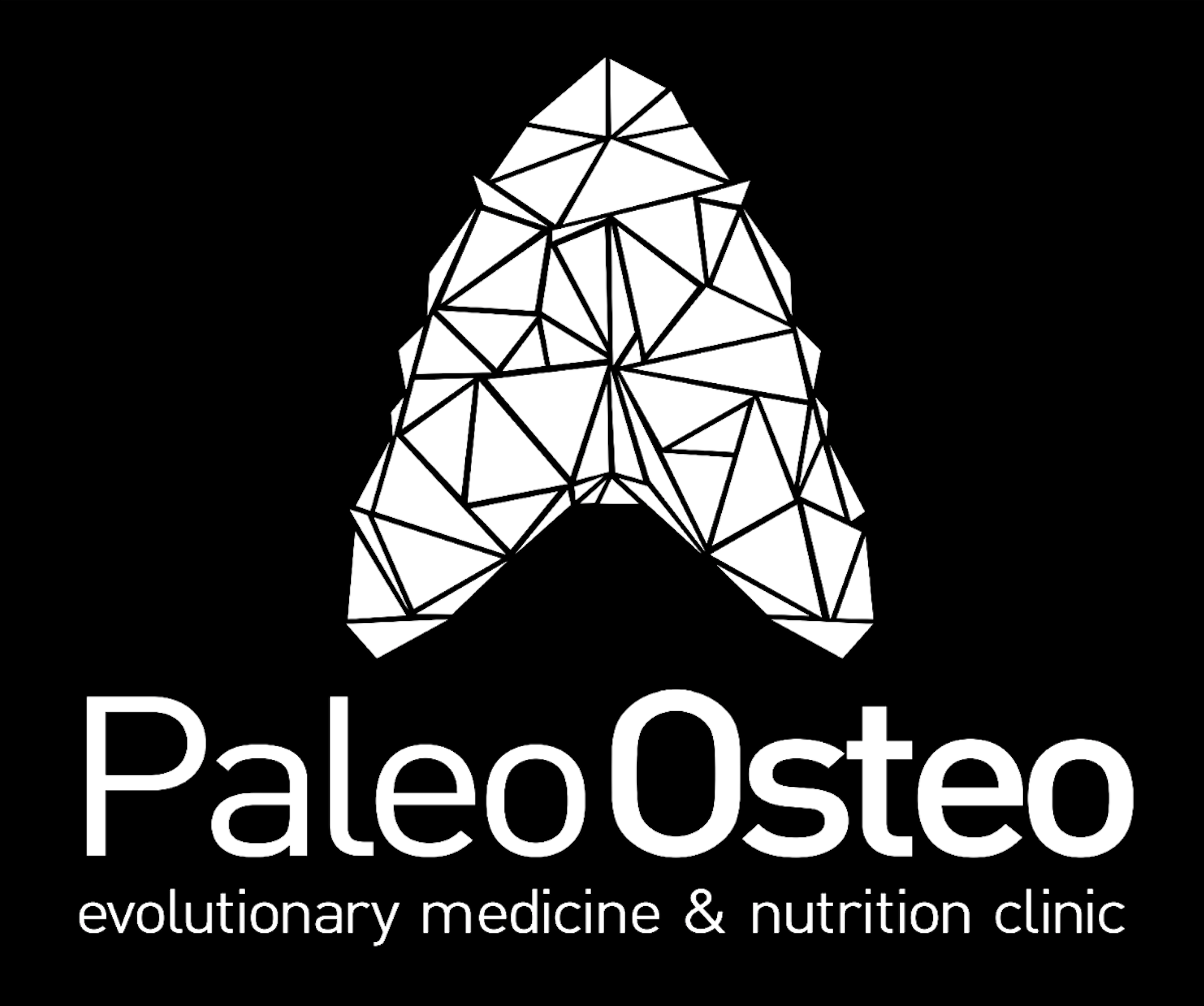The full squat forms an integral part of clinical physical assessment for any presentation at
Paleo Osteo. This is because the full squat is part of a series of innate movements that reside in our CNS from birth, and are expressed during the first 13 months of infantile development. Ease of movement in this “true” infantile full squat is rarely observed in adults, as our true stabilizing function and potetntial for full range at the hips is slowly eroded from the time we are asked to sit in a chair at 5 years old (school,) and undertake hyperspecialization in our movement patterns.
It appears that the squat is emphasized as a key player in most “fitness” regimes, and a quick scan of the internet reveals hundreds of different coaching cues involving all number of contrived variants of hip position, knee and foot angle and head and chest position to “correct” what comes naturally (not taught) at 12 months of age in the developing infant. Rarely do any of these considerations on “technique” reflect the true nature of the pre-requisite stabilizing strategies installed during the developmental unfolding.
To truly address what it means to squat, Dr Josh Lamaro and Mark McGrath go back to our developmental origins and explore where along the line the messages get lost, and the misconceptions arise.
[soundcloud url=”https://api.soundcloud.com/tracks/186710590″ params=”auto_play=false&hide_related=false&show_comments=true&show_user=true&show_reposts=false&visual=true” width=”100%” height=”450″ iframe=”true” /]
